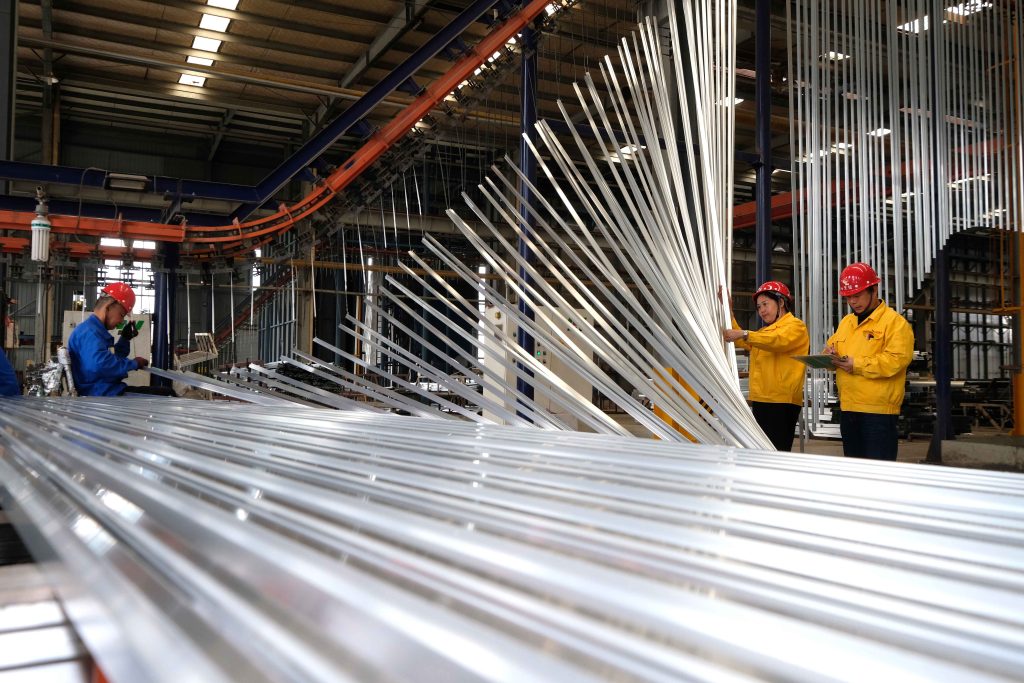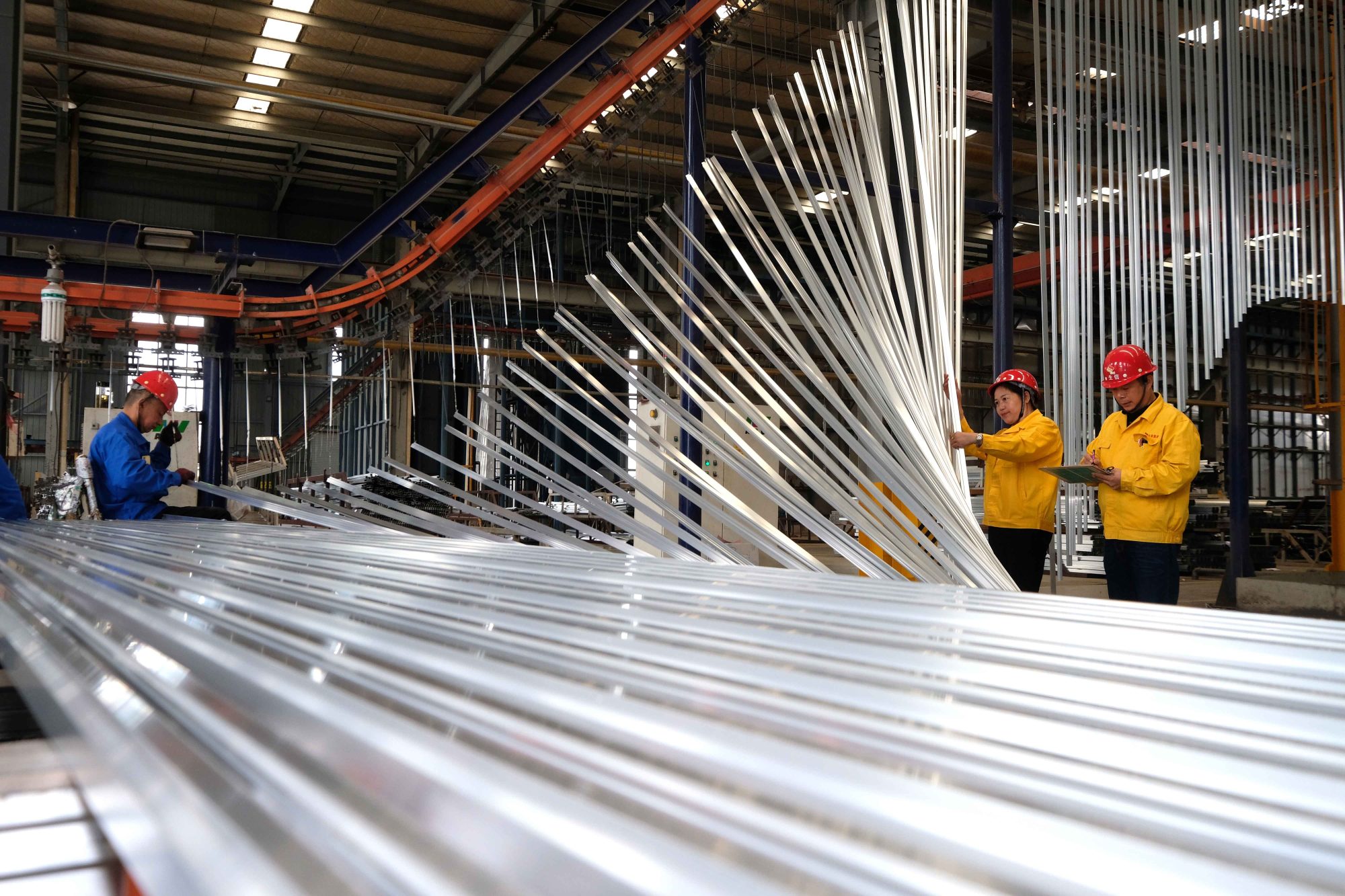Introduction
In the realm of global manufacturing, aluminum stands as a cornerstone, vital for various industries. Yet, its production process, especially for primary aluminum, is notably energy-intensive, leading to significant carbon dioxide emissions. This article sheds light on these emissions challenges and explores the pathways towards more sustainable production methods.
The Emissions Intensity of Aluminum Production
Primary aluminum production is marked by high energy consumption, particularly in the refining and smelting stages. According to the International Aluminium Institute (IAI), the alumina digestion and smelting processes emit 1.8 and 12.8 tons of carbon dioxide equivalent per ton of aluminum, respectively. These figures cumulatively account for the largest share of emissions in primary aluminum production, amounting to around 16 tons of CO2 equivalent per ton of produced aluminum.
Factors Influencing Emissions in Aluminum Production
The carbon footprint of aluminum production varies significantly depending on where and how it is produced. While the global average is stark, the best-in-class producers have managed to reduce their emissions to about 4 tons of CO2 per ton of primary aluminum, a figure 3-4 times lower than the average.
Decarbonization Strategies in Aluminum Production
Achieving these lower emission levels has been a result of implementing a range of decarbonization strategies. The most impactful of these is the shift towards a steady supply of zero-carbon electricity. This transition away from fossil fuels towards renewable energy sources is a crucial step in reducing the overall carbon footprint of aluminum production.
Challenges and Future of Low-Emission Aluminum Production
Further lowering emissions in aluminum production will demand new technologies and significant investments. This path is not just about incremental improvements but also about embracing innovation and sustainable practices on a broader scale.
Conclusion
The journey towards sustainable aluminum production is complex yet essential. The industry is at a pivotal point where addressing emissions is not just environmentally critical but also increasingly a market expectation. With advancements in technology and a commitment to sustainable practices, the future of aluminum production holds the promise of reduced environmental impact, aligning with global efforts towards a greener future.

